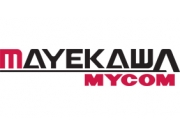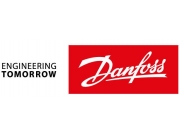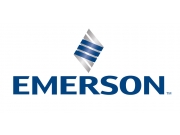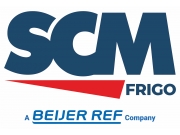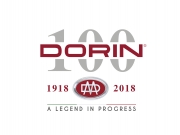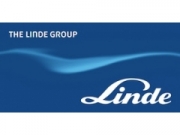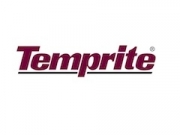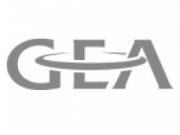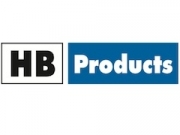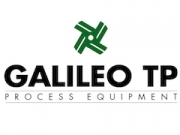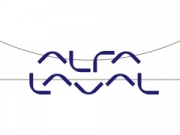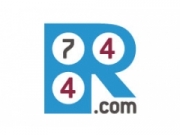Events
State of The Industry |
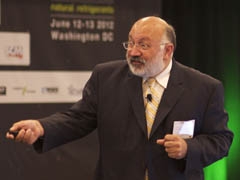 |
Pega Hrnjak - Natural Refrigerants in different applications
PDF document
published on 12 June 2012
Hrnjak sets the scene by discussing natural refrigerants CO2, ammonia and hydrocarbons in different applications and their “serious potential to become mainstream option” in vapour compression. He provides examples of current advances with ammonia refrigerant such as hermetic compressors, microchannel condensers and Ni brazed plate evaporators. His presentation gives a short history of natural refrigerants and dispels some misconceptions. Hrnjak highlights that when the reality of HXs, compressor and expansion devices come into a play, this is when the thermophysical properties become way more important than thermodynamic properties, and this is where CO2 and typically all natural refrigerants are good. He concludes that when treated with understanding each of the main alternatives are excellent and competitive and he briefly discusses areas of further improvement and some of the remaining challenges such as initial higher cost.
view presentation
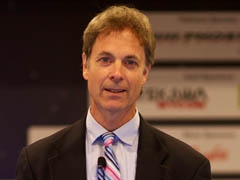 |
Jeff Cohen - Leveraging Carbon Finance for Advanced AC/Refrigeration
PDF document
published on 12 June 2012
Cohen presents the opportunities of generating carbon credits from air conditioning/refrigeration projects under emissions cap-and-trade schemes such as the one in California but also other emerging schemes throughout the world. He provides case studies on such projects whereby the destruction of ozone-depleting substances has generated carbon credits. Finally, Cohen’s presentation discusses the economic and CSR value for comprehensive refrigerant management.
view presentation
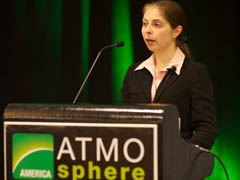 |
Nina Masson - US Refrigeration Market Trends
PDF document
published on 12 June 2012
Nina Masson presents an overview of the upcoming shecco publication the “GUIDE to Natural Refrigerants - North America’s Market Potential”, which follows the launch of a European GUIDE that had 83,000 page views. Data for the North American GUIDE is being collected through an online survey, which has so far received 250 responses. Data is being collected on industry expectations, barriers, and opportunities for natural refrigerants (NR). So far most respondents show high level of familiarity with natural refrigerants, with 69% already using NR and 92% planning to use NR in the future.
view presentation
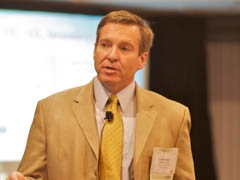 |
Scott Martin - Advances in CO2 supermarket refrigeration in North America
PDF document
published on 12 June 2012
Scott Martin presents an overview of CO2 system evolution for the North American market. The first low temperature secondary pumped CO2 system was installed in 2006, followed by a CO2 cascade system in 2008, a medium temperature secondary pumped CO2 system in 2010 and the first transcritical CO2 system by Advansor in 2012, installed in Vancouver. Hill PHOENIX has 50 secondary CO2 systems installed in North America, over 25 cascade systems. More transcritical systems are planned.
view presentation
 |
Mark Tomooka - Natural Five Solutions
PDF document
published on 12 June 2012
Mark Tomooka presents an overview of Mayekawa’s extensive range of natural refrigerant solutions and technology development projects including high efficiency motors and microchannel technology. 85% of Mayekawa’s package sales use natural refrigerants and these are predominantly used in industrial systems. A recent project involved the installation of a CO2 ECOCUTE heat pump at a winery, which eliminated the use of harsh chemicals for wash down, was 1.35 of the cost of a conventional system and had a three year payback. Chief growth areas for the future are supermarkets, R22 chiller replacement, and low charge ammonia systems.
view presentation
 |
Serge Dubé - Transcritical CO2 supermarket refrigeration trends
PDF document
published on 12 June 2012
Serge Dubé presents a brief history of CSC, the key players in the Canadian food retailer market and the number of CSC ECO2 systems installed in Canada: 18 supermarkets so far. The ECO2 system advantages include a soft start wit automatic restart device after power failuer, high pressure security line, efficient and quick low pressure hot gas defrost and high efficiency multi-zone heat reclaim.
view presentation
End User Panel - Supermarkets |
 |
Keilly Witman - Summary of Panel Biographies
PDF document
published on 12 June 2012
Delhaize America has around 1500 stores, with 3 operating with low temperature CO2 or as cascade, and one CO2 transcritical project is planned for 2013. Almost two years ago Fresh &Easy installed its first natural refrigerant system, a subcritical CO2 system. Also installed are self-contained propane cases. Whole Foods’ first CO2 store was completed in 2009, a low temperature CO2 secondary system. In 2010 the company installed two CO2 cascade systems the company is now working on the design of their first CO2 transcritical store. Sobey’s last 28 installations have been transcritical CO2 systems with the latest racks small enough to fit in the mechanical room next to the existing rack, allowing the store to remain open 24/7 throughout the retrofit. Supervalu has over the years invested in various types of systems ranging from glycol to ammonia. The latest installation is an innovative ammonia installation that has a Mayekawa ammonia primary system on top of a Hill PHOENIX CO2 system for the medium temperature cascaded to a DX system on the low temperature side.
view presentation
Technology Case Study Session 1 |


